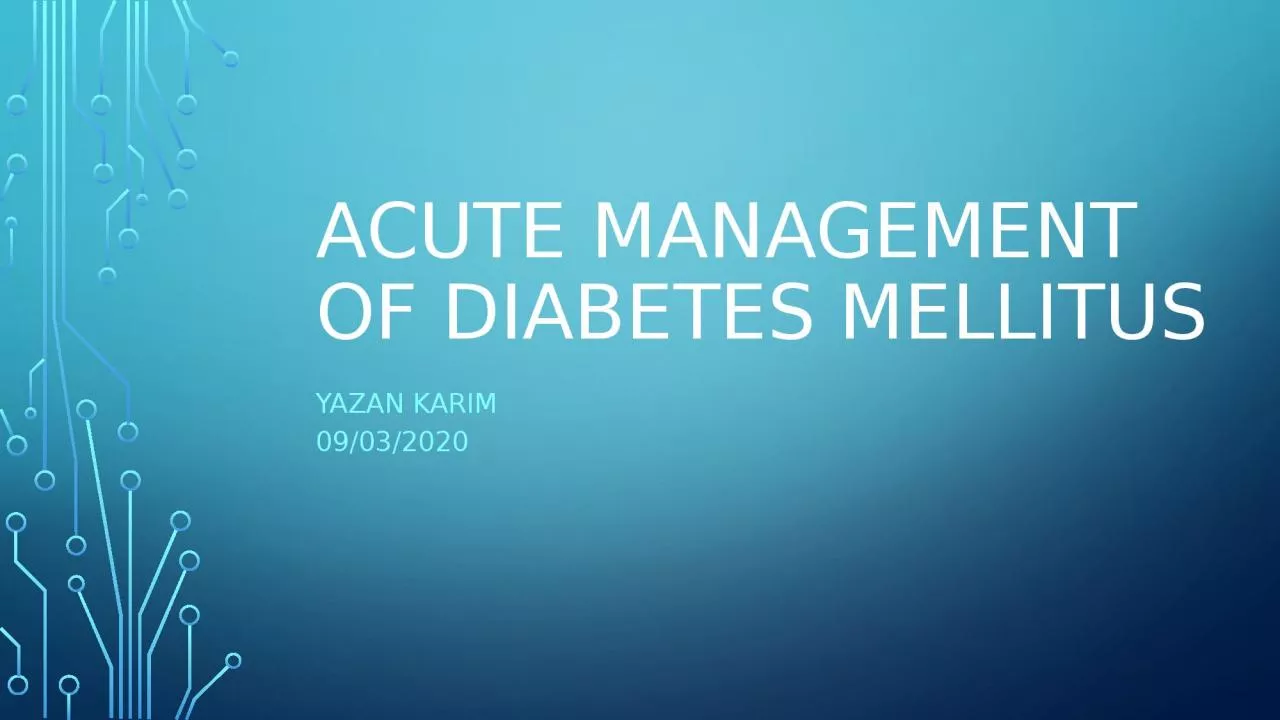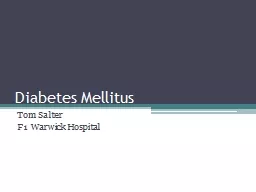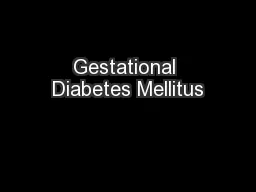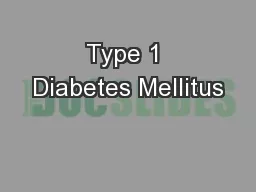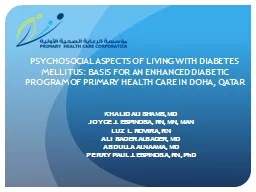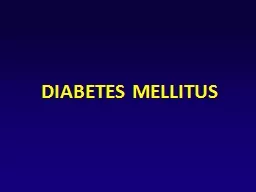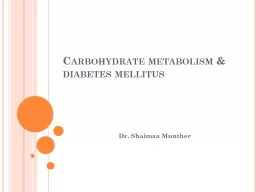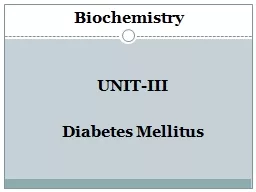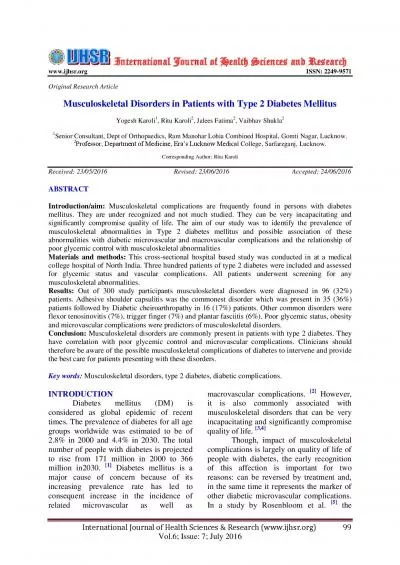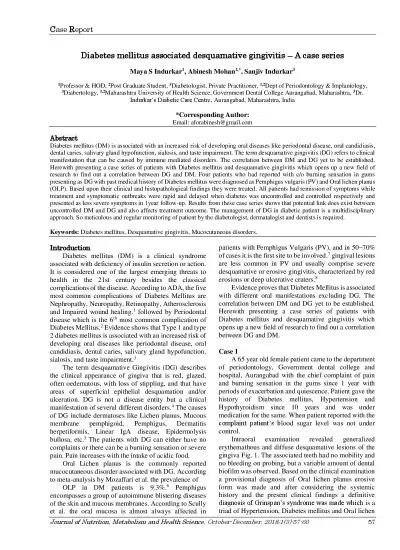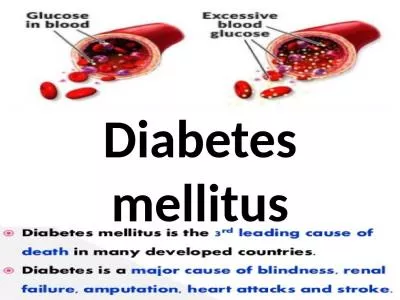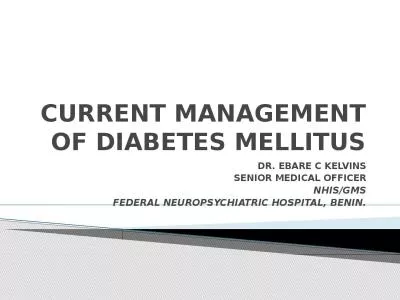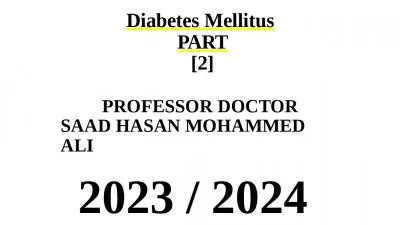PPT-Acute Management of Diabetes Mellitus
Author : iris | Published Date : 2023-11-19
Yazan karim 09032020 Objectives Discuss background amp etiology about acute DM management Differentiate different points of care for ICU vs NonICU patients Identify
Presentation Embed Code
Download Presentation
Download Presentation The PPT/PDF document "Acute Management of Diabetes Mellitus" is the property of its rightful owner. Permission is granted to download and print the materials on this website for personal, non-commercial use only, and to display it on your personal computer provided you do not modify the materials and that you retain all copyright notices contained in the materials. By downloading content from our website, you accept the terms of this agreement.
Acute Management of Diabetes Mellitus: Transcript
Download Rules Of Document
"Acute Management of Diabetes Mellitus"The content belongs to its owner. You may download and print it for personal use, without modification, and keep all copyright notices. By downloading, you agree to these terms.
Related Documents

